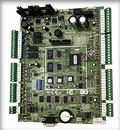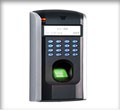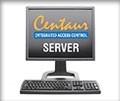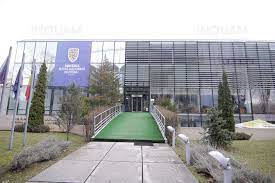Access blocking devices are assemblies of electromechanical equipments that perform the function of physically blocking the access of pedestrians or vehicles in a protected perimeter.
These devices are chosen depending on the type of access, number of users and the level of security of the access control system to which they belong.
These devices include the following features:
- for door equipping: electromagnetic locks (applied or buried mounting), force electromagnets, electromagnetic bolts
- for the pedestrian access in railway stations, airport, stadiums, public institutions, subway stations, timekeeping zones, office spaces, etc.: turnstiles (tripod, rotative turnstiles, access gates)
- for vehicle access into parking zones (very useful for toll parking), factory premises or public institutions etc .: vehicle barriers
- to control / limit traffic in congested urban areas, vehicle access management, marking bike trails, walkways and urban entrances etc .: retractable poles (bollards).
These electromechanical devices are most subjected to mechanical wear, so the recommendation is to use only quality products with the guarantee of a higher number of operating hours.










